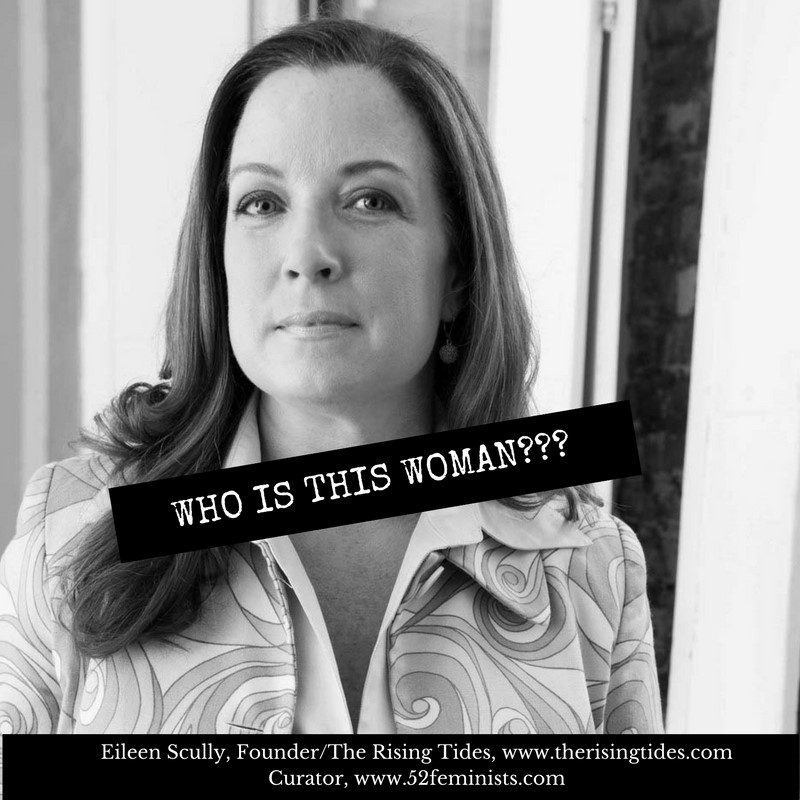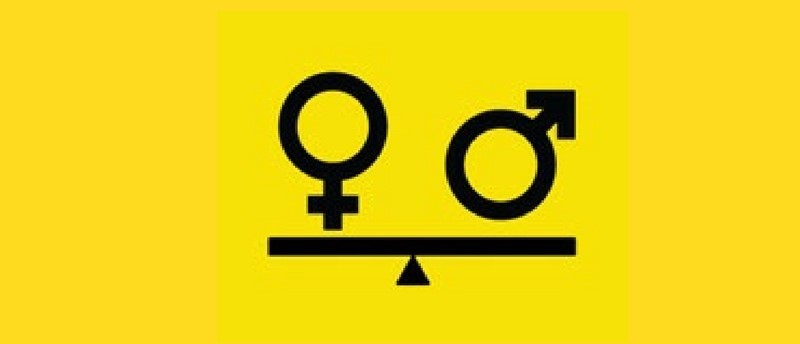
Businesses operating within the framework of 21st century capitalism can and must be a force for good, says Sarah Kaplan, director of the Institute for Gender and the Economy (GATE) and professor of strategic management at the Rotman School of Management at the University of Toronto.
“Big companies are the ones who have either created or perpetuated many of the pressing social and environmental issues we face today,” she says. “If we are to see significant change, we need them on board.”
Yet, despite more than a decade of amped up efforts on corporate social responsibility (CSR), the impact has been negligible. And evidence shows Canadian public and large corporations, in particular, are lagging behind those in other countries in the CSR area.
In her new book,The 360° Corporation, Kaplan says it’s because they have been going about it the wrong way. We spoke to Kaplan, to find out what they missed.
LiisBeth: You’re best known for your work on innovation and how gender impacts the economy. Why a book on corporate social responsibility?
Sarah Kaplan: This is a project I’ve been working on since before I founded the Institute for Gender and the Economy. The timing happens to be pretty good. A few weeks ago, the Business Roundtable (an association of CEOs from leading US companies) announced that they were going to prioritize creating value for all stakeholders versus just focusing on shareholder returns. Women, gender minorities, LGBTQ+ are increasingly viewed as important stakeholder categories that many corporations are paying attention to.
What is the book about?
(Getting) business leaders to think about social and environmental challenges as central to their business as opposed to it being seen as an add on, something they do off to one side of their desk. It’s time to get past the “CSR candy sprinkled on top.”
And how do we do that?
Think differently about what to do when investor and stakeholder interests don’t easily align. Often when faced with this situation, decision makers default to constructing a business case to figure out a win-win solution to break trade-offs. You get this. I get that. We all get something. Not what we wanted. But it’s as good as it gets.
This can work, but what happens when investors and stakeholders find themselves not just miles, but worlds apart?
In those cases, win-win just isn’t possible. At least not right away. Even attempts to innovate with known variables may not lead to the breakthrough required.
In this case, I encourage companies to hold and value this seemingly intractable tension as a one-of-a-kind transformation opportunity. The idea is to get decision makers to start thinking about the challenge as they would a research and development opportunity. They need to ask what kind of productive experiments could be designed, in concert with stakeholders, over time, to develop something that could not have even been previously imagined. I am asking companies to think of social responsibility and social innovation like any other disruptive R&D project—one that requires long-term uncertain investments with unsure but potentially magnificent payoffs.
That sounds great for companies with deep pockets. What about startups? Smaller enterprises?
A great example of a small company that has successfully integrated social change is McCarthy Uniforms. They figured out how to leverage a social issue—gender equality—as a business transformation opportunity, in fact, as their turnaround strategy.
McCarthy sells uniforms and, like other companies in that space, only sold uniforms that fit a man’s body. By paying attention to a growing conversation around gender equity, they noticed that lots of women wear uniforms. Due to lack of options, women were being forced to wear men’s uniforms that did not fit well. Not only was it uncomfortable, this also often created safety issues. So, they added “female fit” lines of products. And they started creating a social responsibility report, which included gender equity information. They applied this knowledge when they were bidding with school districts and other people needing uniforms. They’re winning their bids because they are including that kind of information.
Embracing stakeholders and seeing them as essential to your day-to-day business and engaging with stakeholders can actually help you find sources of differentiation and benefits that you hadn’t even anticipated.
What role do activists play in motivating companies to take social and environmental issues seriously?
Well, there’s a couple of ways that activists are really, really important to this equation. The first is they can increase the pain for corporations. When Greenpeace started blocking the ships that were carrying drilling equipment up to the Arctic, the visibility really increased public relations and logistics costs. When Shell abandoned their Arctic drilling activities, they said, “Well, it didn’t have anything to do with the activism. It had to do with the cost benefit. But, of course the activism was shaping the cost benefit.
I have talked to sustainability people in various companies who say, “Don’t tell my boss this, but I actually appreciate the activists because they help me make my case inside the company.” Activism can play that role.
The second role that activists can play is to work to get on the inside, and take a seat at the table in those decision-making meetings. Take ACT UP, which I talk about in my book. Their protests got them a seat at the table where researchers were deciding on drug testing protocols for AIDS drug testing. The activists come with a different point of view, different experience, different knowledge. In this case, activists were able to help the re searchers understand the most effective ways to do the trials and get the trials to be fair, more just, more accessible.
That said, there is a big tension between being in the conversation and being seen as selling out. It’s a very difficult tension to manage. I think it mirrors the same tension that the corporates have when they’re actually paying attention to the stakeholders (“But you’re hurting the bottom line.”) I think the activists should more often see themselves as potential players at the table in this conversation. And in turn, corporations need to be open to, and invite in challenging, uncomfortable and diverse points of view.
What was your biggest “aha”?
I came across some really interesting research that suggests that people who rely on the business case are precisely the people least likely to act when a business case is made to them, because in order to act on these things, there has to be a certain level of moral outrage.
The business case actually mitigates against moral outrage.
What the business case does is justify the existing status quo. It leads to complacency as opposed to outrage. We need business leaders to think about how we can change the status quo versus perpetuate it. The point is not to make the business case. The point is to find new ways to do this work. If you start with the business case, you’re only going to get incremental solutions. That was the biggest aha for me. The business case is getting in the way of action—not to mention innovation and transformation.
What’s happening with the Institute for Gender and the Economy this year?
When it comes to working to achieve positive social change for gender equality, the biggest barrier is that people don’t know what to do and how to do it. So, to help people figure out the “how,” we are launching a series of case studies that are specific examples of what companies have done, which offer new models and templates. The second thing we’re doing is developing a Gender Analytics training program. We will be running prototypes early in the new year and hope to have the program available in the fall of 2020.
Sarah, thank you for all your amazing work to advance gender equity not only in Canada but globally.
Thanks so much for the interview!
Related Reading

The Seven Sins of Gender Washing
We are familiar with term green washing but how about gender washing? What does it look like? And what can we learn from the environmental movement about the pace and nature of change?

DOES THE BUSINESS CASE FOR EQUALITY PROMOTE THE STATUS QUO?
While we can likely agree that slavery is wrong, women around the world are still arguing their case for gender equality. Valerie Hussey asks: What gives?

A Conversation with “WE WERE FEMINISTS ONCE” author Andi Zeisler
“I have seen feminism become much deeper, much more intersectional, much more enmeshed in people’s everyday lives and that’s the kind of feminism we need going forward.”










